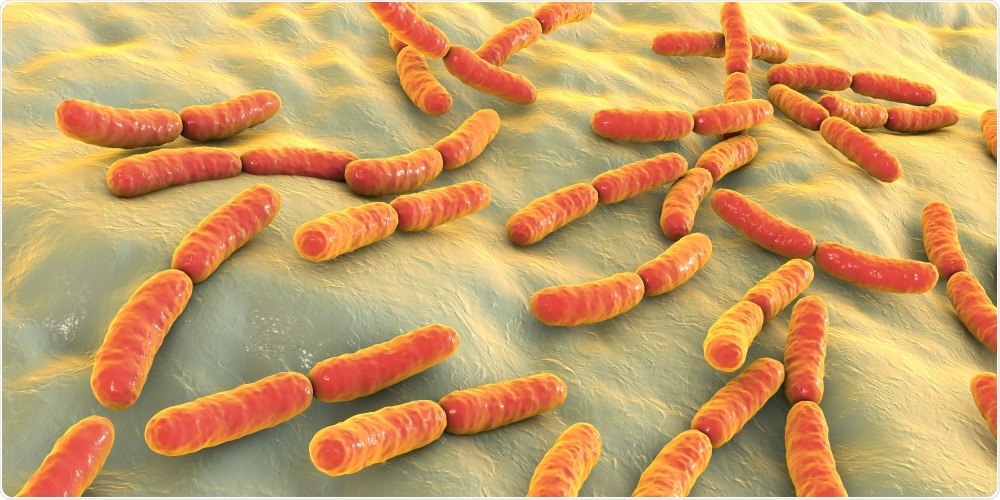At Goethe University Frankfurt, microbiologists have unraveled the mechanism of hydrogen used by the bacterium Acetobacterium woodii for energy conservation.
The bacterium dwells in an anaerobic environment, and through hydrogen cycling, it occurs independently of other species of bacteria.

Image Credit: Kateryna Kon/Shutterstock.com
These bacteria are responsible for making sauerkraut sour, converting milk into yogurt and cheese, and providing rye bread its intense flavor. These bacteria ferment nutrients rather than consuming oxygen for extracting energy.
A. woodii is one such anaerobic living microbes. It has nothing to do with cheese and bread, living away from oxygen in the sediments found on the floor of the ocean. It also occurs in the intestines of termites and in sewage treatment plants.
These biotopes are work together with microbes that leverage organic substances in several ways. Various bacteria ferment sugars, alcohols, and fatty acids to acetic acid also, producing hydrogen (H2) during the process. However, a higher concentration of hydrogen hinders the fermentation.
Thus, fermenting bacteria live along with microbes that depend exactly on this hydrogen, for instance, methanogens that produce methane from carbon dioxide and hydrogen and gain energy. Both partners are benefited by this union. At the same time, they depend on each other in a manner that neither one can thrive without the other.
A.woodii leads in both disciplines of the anaerobic hydrogen association—not only does it ferment organic substances into acetic acid but can also produce acetic acid from hydrogen and carbon dioxide.
During the process, it recycles the vital hydrogen inside its own cell, which has now been revealed by the microbiologists in Professor Volker Müller’s group at the Institute for Molecular Biosciences at Goethe University Frankfurt.
In the lab, the researchers deactivated hydrogenase—the gene for the enzyme that produces hydrogen in A. woodii. Thus, the bacterium was able to proliferate, for example, only in a medium with fructose, if hydrogen was externally added. Further tests confirmed that both paths for producing acetic acid are linked with hydrogen that never leaves the cell.
Though the ‘hydrogen recycling’ we discovered, A. woodii possesses a maximum of metabolic flexibility. In one cycle, it can both create and use hydrogen itself, or utilize hydrogen from external sources. This makes it capable of living both from organic as well as solely from inorganic substances.”
Dr Anja Wiechmann, Researcher, Goethe University Frankfurt
According to Professor Volker Müller, “Our findings have implications far beyond the study of Acetobacterium woodii. There have already been speculations that many ancient life forms possess the kind of metabolism that we have described in A. woodii. This is assumed, for example for the Asgard archaea that were just discovered a few years ago on the seabed off of California.”
Our investigations provide the first evidence that these paths of metabolism actually exist.”
Volker Müller, Professor, Goethe University Frankfurt
Source:
Journal reference:
Wiechmann, A., et al. (2020) It does not always take two to tango: “Syntrophy” via hydrogen cycling in one bacterial cell. ISME Journal. doi.org/10.1038/s41396-020-0627-1.